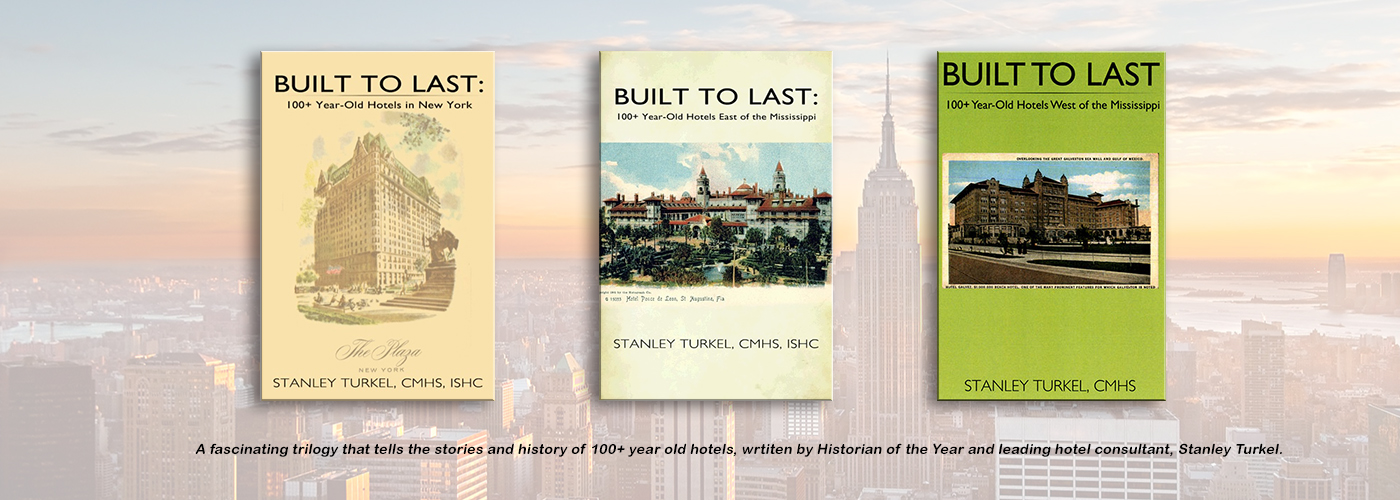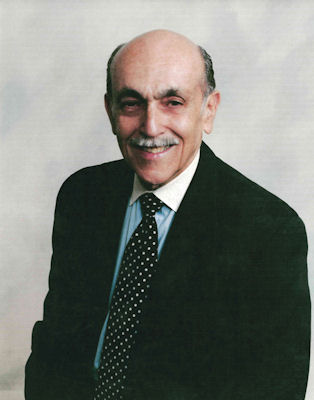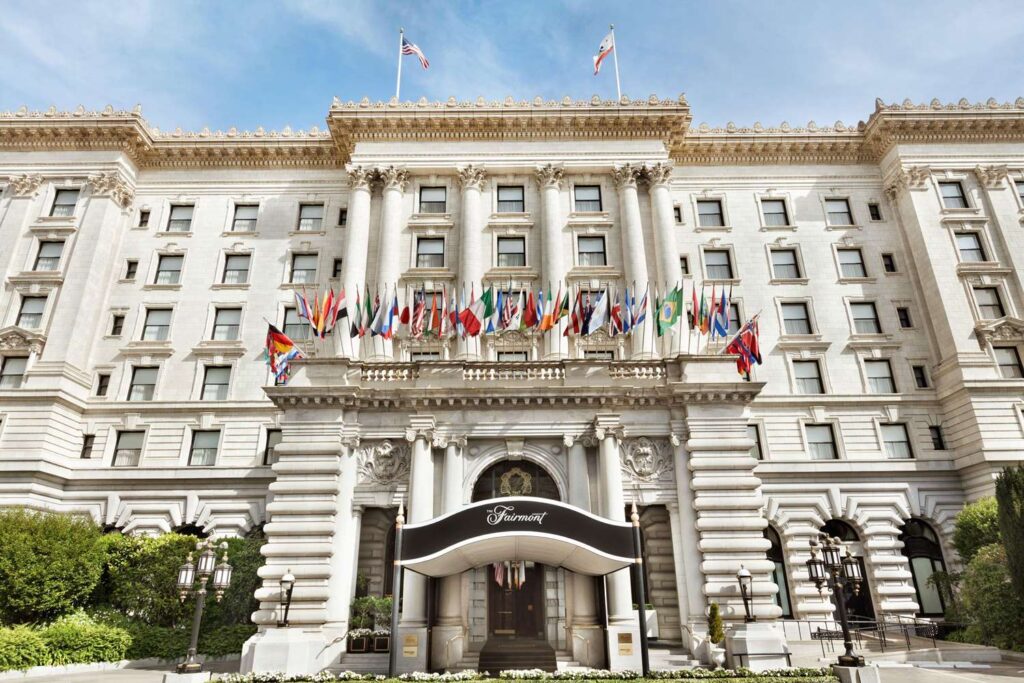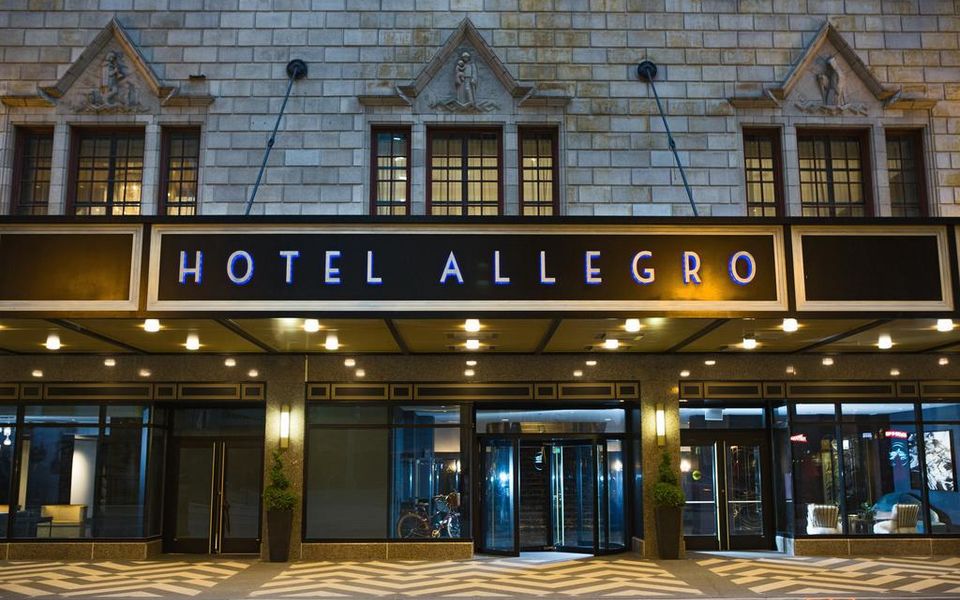Nobody Asked Me, But… No. 241: Hotel History: Menger Hotel
| December 15, 2020

By Stanley Turkel, CMHS
Hotel History: Menger Hotel (316 rooms)
The Menger Hotel, one of the most iconic and historically significant buildings in San Antonio, was constructed on Alamo Plaza in 1859 by German immigrants Mary and William Menger. Mary arrived in San Antonio in 1846 and when her husband died soon after her arrival, she opened a boarding house. The building provided studio space for renowned sculptor Gutzor Borglum, most famous for his work at Mt. Rushmore. After William Menger opened the Menger Brewery in 1855, he married Mary and the success of the Brewery operation led to the construction of the Menger Hotel.
The original two-story, 50-room structure was designed by San Antonio’s first prominent architect, John M. Fries who was responsible for the original City Market House and Casino Hall, both since demolished. He is also credited with repairing the Alamo in 1850 and saving it from destruction. Menger commissioned a three-story, 40-room addition in 1859 between the hotel and the brewery.
The San Antonio Herald on January 18, 1859, reported on the hotel project:
“The Menger Hotel is rapidly drawing towards completion. The main room on the second floor is unsurpassed for beauty. The finishing of the walls and ceilings being developed and executed by our fellow citizen P.C. Taylor. The walls and ceilings unite the smoothness of glass to the whiteness of alabaster, whilst the mouldings are conceived in fine taste and executed in the best style of art.”
Mr. Menger ran the following ad in local newspapers:
Menger Hotel
Alamo plaza San Antonio
The undersigned has with great care and expense built and fitted out a large & commodious hotel on Alamo Square which [will] be opened on the 1st of February 1859.
He flatters himself that his establishment will be large and well ventilated stable, which will at times be kept supplied with the best provender, and attended to by experienced hostlers.
W.A. Menger
During four years of the Civil War, the hotel housed many Confederate Army soldiers including Sam Houston and Robert E. Lee. It provided food service in order to feed the officers and soldiers. The hotel also offered hospital beds and nursing services for medical care of wounded soldiers.
After William Menger died at the age of forty-four years in 1871, Mary and her son Louis William continued to operate the brewery and the hotel. In 1877, newly-built railroad service to San Antonio contributed to the growing success of the Menger. The hotel offered a unique mail chute on each floor that allowed guests to simply drop mail into the chute which would then be collected, taken to the post office and delivered to the address on the envelope. Talk about progress!
For many years, another popular draw to the hotel was the cuisine offered by Mary Menger herself. Mary had long been preparing meals for her guests at her boarding house and she felt doing so at the Menger Hotel would strengthen its appeal. The Mengers purchased the best beef, chicken, fresh country butter and eggs the markets had to offer. They also prided themselves on providing their guests with the finest delicacies of the time. The Mengers also sent out a wagon with benches that would drive around downtown San Antonio picking up businessmen in order to take them to the hotel to dine on the delicious fare. Mary made up the menu for her guests, which included a selection of soups, beef, pasta, veal, and a variety of tasty desserts. All of this would be served in one sitting and every person left the dining room feeling quite satisfied. Mary was also known for throwing lavish dinner parties for celebrity guests that only further proved her culinary excellence. Many of Mary’s recipes are still offered today in the hotel’s Colonial Dining Room.
My New Book “Great American Hotel Architects Volume 2” has just been published.
My Other Published Hotel Books
- Great American Hoteliers: Pioneers of the Hotel Industry (2009)
- Built To Last: 100+ Year-Old Hotels in New York (2011)
- Built To Last: 100+ Year-Old Hotels East of the Mississippi (2013)
- Hotel Mavens: Lucius M. Boomer, George C. Boldt, Oscar of the Waldorf (2014)
- Great American Hoteliers Volume 2: Pioneers of the Hotel Industry (2016)
- Built To Last: 100+ Year-Old Hotels West of the Mississippi (2017)
- Hotel Mavens Volume 2: Henry Morrison Flagler, Henry Bradley Plant, Carl Graham Fisher (2018)
- Great American Hotel Architects Volume I (2019)
- Hotel Mavens: Volume 3: Bob and Larry Tisch, Ralph Hitz, Cesar Ritz, Curt Strand
All of these books can be ordered from AuthorHouse by visiting www.stanleyturkel.com and clicking on the book’s title.
If You Need an Expert Witness:
For the past twenty-seven years, I have served as an expert witness in more than 42 hotel-related cases. My extensive hotel operating experience is beneficial in cases involving:
- slip and fall accidents
- wrongful deaths
- fire and carbon monoxide injuries
- hotel security issues
- dram shop requirements
- hurricane damage and/or business interruption cases
Feel free to call me at no charge on 917-628-8549 to discuss any hotel-related expert witness assignment.
ABOUT STANLEY TURKEL

Stanley Turkel was designated as the 2014 and the 2015 Historian of the Year by Historic Hotels of America, the official program of the National Trust for Historic Preservation. This award is presented to an individual for making a unique contribution in the research and presentation of hotel history and whose work has encouraged a wide discussion and a greater understanding and enthusiasm for American History.
Turkel is the most widely published hotel consultant in the United States. He operates his hotel consulting practice serving as an expert witness in hotel-related cases, provides asset management and hotel franchising consultation. He is certified as a Master Hotel Supplier Emeritus by the Educational Institute of the American Hotel and Lodging Association.
stanturkel@aol.com/917-628-8549
Categories
- Industry Happenings (25,632)
- Latest news (5,183)
- Technology (4,945)
- Operations (3,786)
- All Things Independent (3,724)
- Market Reports (1,655)
- Development (1,448)
- Finance (1,183)
- Smart Strategies (1,012)
- Real Estate (990)
hotelonlinenewsInstagram post 18072439732009889Instagram post 18037678936156831Instagram post 17870090452391124Instagram post 17976176743256949Instagram post 17993811919233333Follow on Instagram
Tags
hotel historymenger hotelnobody asked mestan turkelstanley turkelthe menger hotel
RELATED NEWS:
Nobody Asked Me, But… No. 240 Fairmont Le Chateau Frontenac, Quebec City, Canada (1893)Nobody Asked Me, But… No. 239: Hotel History: The Algonquin Hotel, NY (1902)Nobody Asked Me, But… No. 238: Hotel History: The Fairmont Hotel in San FranciscoNobody Asked Me, But… No. 237: Hotel History: Hotel Allegro, Chicago, IllinoisNobody Asked Me, But… No. 236: Hotel History: The Hermitage HotelNobody Asked Me, But… No. 235: Hotel History: Cavallo Point, The Lodge at the Golden Gate (1901)Nobody Asked Me, But… No. 234: Curt R. Strand, President, Hilton InternationalNobody Asked Me, But… No. 233: Hotel History: The Adolphus HotelNobody Asked Me, But… No. 232: Hotel History: Union Station HotelNobody Asked Me But… No. 231: Brown Palace Hotel, Denver, ColoradoNobody Asked Me, But… No. 230: Hotel History: Four Seasons HotelNobody Asked Me, But… No. 239: Hotel History: Admiral Fell InnNobody Asked Me, But… No. 228: The Barbizon Hotel, New YorkNobody Asked Me, But… No. 227: Hotel History: The Carlyle Hotel, New York (1929)Nobody Asked Me, But… No. 226 Hotel History: Peninsula Hotel, New YorkNobody Asked Me, But… No. 225: Hotel History: The Grand Hotel, Point Clear, AlabamaNobody Asked Me, But… No. 224: Hotel History: The Red Lion InnNobody Asked Me, But… No. 223: Hotel History: The Wales Hotel (1902)Nobody Asked Me, But… No. 222: Hotel History: YMCA of Greater New York











